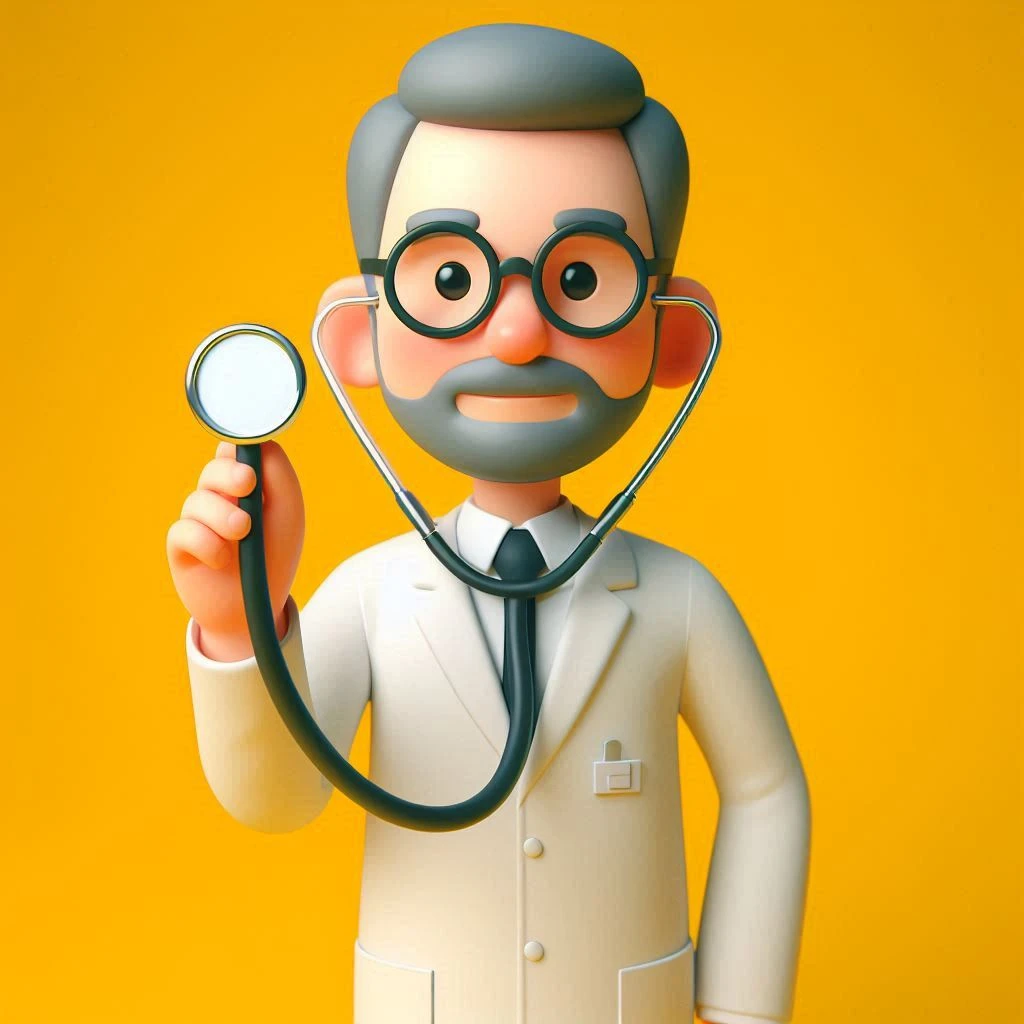
Let’s face it – the word medical doesn’t exactly scream excitement. And if you’re here, you might be wondering, ‘If I actually liked this stuff, wouldn’t I just become a doctor?’
But here’s the thing — consider it a unique opportunity to challenge yourself and grow. Imagine if you could make healthcare topics not only accessible but genuinely interesting.
That’s where the magic happens! Embrace the challenge – you just might find it’s way more rewarding (and way less dull) than it seems.
To cheer you up and make your work easy— we have come up with this blog about social media marketing for healthcare brands.
Here’s all you need to know!
Table of contents
- Why Healthcare Social Media Marketing Is Different
- What’s the Point of Social Media Marketing for Healthcare?
- How to Create a Social Media Marketing Strategy for a Healthcare Brand?
- Conclusion
- Frequently Asked Questions
Why Healthcare Social Media Marketing Is Different
Healthcare isn’t like selling shoes or smartphones. When you’re managing social media for a hospital or healthcare brand, you’re dealing with:
- Strict regulatory compliance (medical advertising laws)
- Complex medical information that needs simplification
- Highly emotional decision-making processes
- The need to balance professionalism with approachability
- Multiple stakeholders (doctors, administrators, patients)
What’s the Point of Social Media Marketing for Healthcare?
Before diving into specific tactics, let’s clarify the core goals that a healthcare digital marketing agency can help healthcare brands achieve with the help of social media.
- Build Trust and Authority: Audiences are often wary of healthcare information online. By sharing reliable, easy-to-understand content, brands can establish themselves as trusted sources.
- Educate and Inform: Social media offers an opportunity to simplify complex medical information, explaining treatments, symptoms and preventive care in approachable ways.
- Encourage Healthy Lifestyles: Healthcare brands can inspire audiences to adopt healthier habits, ultimately improving public health.
- Engage with Patients and Caregivers: Building a sense of community by addressing concerns, answering questions and sharing patient stories strengthens the brand-patient relationship.
How to Create Social Media Marketing Strategy for a Healthcare Brand?

Real estate buyers go through a lengthy decision-making process, making it essential to structure content around their journey: Awareness, Consideration and Decision. Crafting a content strategy that maps to these stages allows you to guide them effectively.
Before you even start creating a strategy seek clarity from your client about what is their objective for doing healthcare social media marketing and what they actually expect from a social media marketing agency.
Once you have that clarity then move forward with creating a strategy.
Here’s how to approach healthcare social media marketing strategy.
1. Know the Industry & Your Client’s Services First
You might not know anything about healthcare unless you have been a medical student or something. So start by understanding what your client does. Make sure you understand the medical terms very well.
Also, learn what treatment is offered to which kind of patients. Once you have clarity, you will be able to communicate it through your social media content easily.
Once you are confident that you have the basic knowledge then only move ahead.
Also, try to document what you learn for future reference.
2. Know Your Audience
When it comes to healthcare, your audience might range from young adults interested in wellness to elderly individuals managing chronic illnesses. Crafting a social media strategy requires knowing your audience’s demographics, pain points and motivations.
Develop personas based on real-world data. For example, for a clinic specialising in women’s health, you might want to create personas like “New Mothers” or “Women Seeking Fertility Treatments.”
Also, research what are they looking at on social media. Try to learn what kind of content are they most likely to share and engage with.
Analysing which types of posts get the most engagement (e.g., videos, patient testimonials or myth-busting posts) can inform your content strategy.
If you want to elevate your strategy to the next level, review feedback from patients or caregivers. Their questions and concerns offer clues to what content might be helpful.
3. Content Planning and Strategy

Once you understand your audience, it’s time to strategise content that resonates with them while adhering to industry regulations.
We recommended the following pillar for your content strategy :
- Educational Content (40%)
- Health tips and facts
- Disease awareness
- Treatment explanations
- Preventive care information
- Brand Building (20%)
- Hospital achievements
- Doctor profiles
- Facility updates
- Awards and certifications
- Patient Stories (15%)
- Success stories
- Testimonials
- Journey narratives
- Recovery milestones
- Community Engagement (15%)
- Health awareness days
- Community events
- CSR activities
- Local health initiatives
- Promotional Content (10%)
- Special health packages
- New treatment launches
- Health check-up promotions
- Service announcements
4. Leverage Paid Advertising
Healthcare brands often struggle with organic reach due to strict algorithmic filters that may limit the spread of health-related content. Paid advertising on platforms like Facebook, Instagram and LinkedIn can enhance visibility, provided it’s done right.
Ad types to Consider
- Awareness Ads: Designed to boost visibility, awareness ads can highlight your brands’s mission, introduce a new facility or promote a healthcare webinar
- Lead Generation Ads: These ads can be highly effective for clinics to telehealth services. Lead ads on Facebook or Linkedin can collect contact information without users needing to leave the platform
- Educational Ads: Use ads to expand your reach through educative content like health tips
Retarget individuals who visited your website or engaged with previous posts. For example, someone who clicked on a post about back pain might be interested in an ad about your physical therapy services.
Narrow down your audience based on age, location or interests. For example, an ad promoting pregnancy wellness tips could target women aged 25-35 in your service area.
5. Measure, Analyse and Optimise
It’s possible that your strategy might not stay relevant moving forward. That’s why you might want to change it. But how do you know the base for a new strategy? That’s where analysis comes in. Regular performance reviews allow you to see what’s working and what isn’t.
Here’s what to analyse.
- Engagement Rate: Measure how often users engage with your posts. High engagement indicates that your content is resonating.
- Reach and Impressions: Track how many people see your posts and how often they view them. This can highlight brand visibility and content impact.
- Conversion Rate: For lead generation campaigns, measuring conversion helps determine if your ads are attracting the right audience.
- Patient Sentiment: Regularly review comments and messages to gauge public sentiment. Positive engagement is a great indicator of trust, while negative comments might signal a need for content adjustment.
Conclusion
We hope we made your research a little less boring through this blog. We will also give you a pro tip — note down the points that you found valid and genuinely helpful.
Document it somewhere so that you remember it and also share it with the team to ensure everyone knows what to keep in mind.
And if you are still confused — don’t be afraid to seek help from your colleagues.
Good luck with your strategy!



